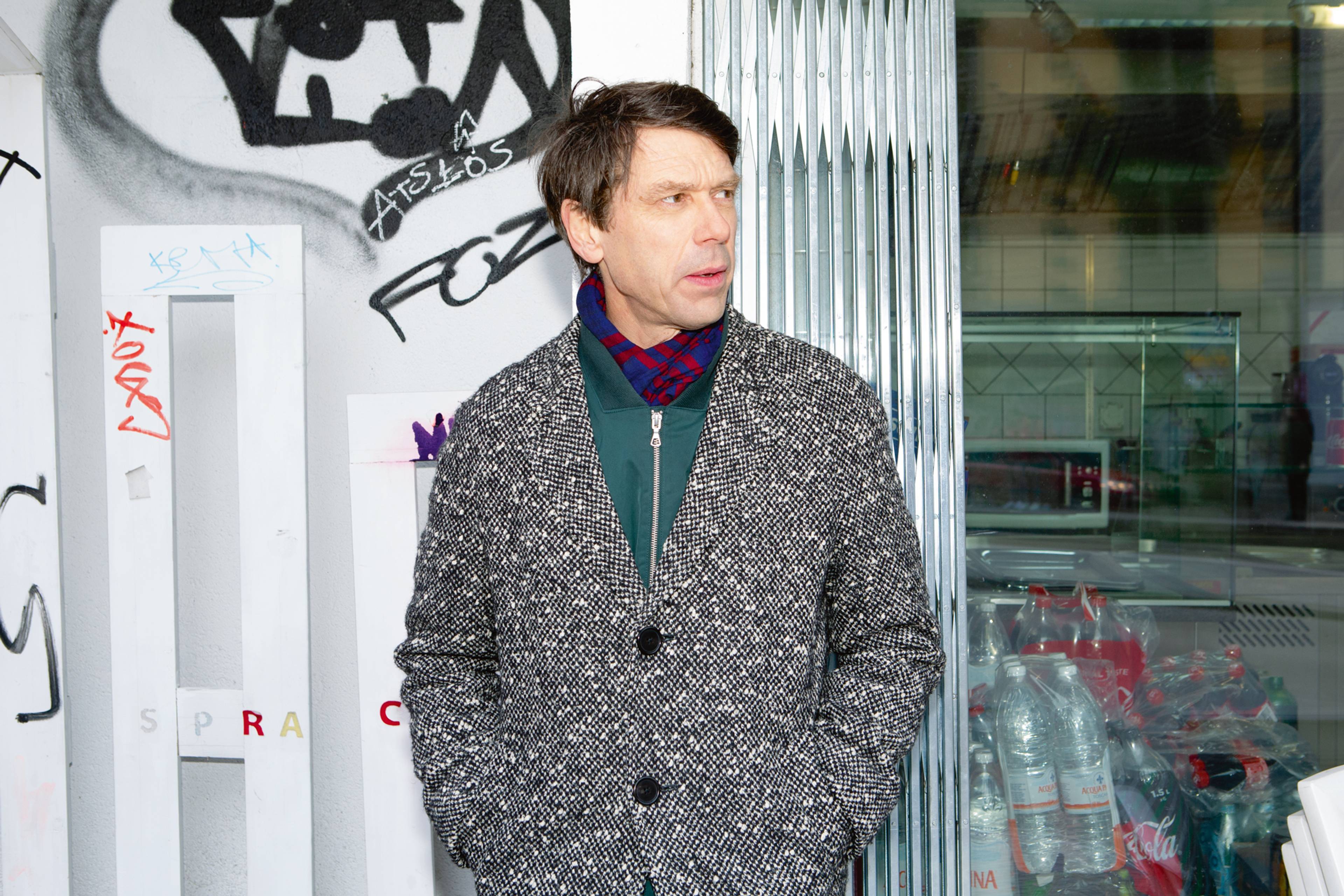At the beginning of 2024, the Kunsthalle Zürich announced that I would be stepping down as Director at the end of the year, after a decade-long tenure. I did so at my own request; I have no other position and no plan. Since then, I’ve heard from many curators that they admire the decision and would quit their jobs today if they could. Most of them are around forty years old, in the primes of their careers. The art world, especially its institutions, depend on their knowledge, passion, and experience. So, why do they possibly want to leave?
One main reason is the enormous expectations we curators are exposed to and which we have, consciously or unconsciously, made our own. No field in culture is subject to such unrealistic demands as the visual arts: not music, not theater, not dance, not literature, and certainly not opera. It is demanded of curators that they appeal to absolutely everyone: that we serve the general public, but also the avant-garde and the insider bubbles of the art world; that we think with the art market, with galleries and collectors, who are regarded as (overrated) opinion leaders, but are also important for funding. At the same time, curators are required to be dissidents, in order to keep the flag of credibility flying high, and that we engage our cities and neighborhoods, because art institutions are important for the competition of regions and tourism. We must speak locally, regionally, and internationally to adults, young people, and children, but also to every conceivable minority. We should be inclusive, but offer an absolutely exclusive program, while at the same time meeting the hundredfold interests of subsidizers, sponsors, patrons, and members. Last but not least, curators must also head teams who have internalized many of these contradictory expectations and exert pressure from within. Instead of visions for the future and the joys of experimentation, the need for cautious balance has emerged into a culture of fear, while aggressive, clannish narcissism is cultivated under the pretext of improving the world. No wonder we are Curators on the Verge of a Nervous Breakdown.
Curators should be inclusive, but offer an absolutely exclusive program, while at the same time meeting the hundredfold interests of subsidizers, sponsors, patrons, and members.
The second main reason is a fundamental doubt about the institution and its narratives of progress and liberation. Responding to unfulfilled promises and sometimes monstrous developments of such narratives, a blind rage is becoming increasingly sympathetic to totalitarian action, to the point of becoming a threat – above all, to democracy. A short-circuit in thinking is celebrated: that democracy is a dubious model because it is partly based on these institutions and their problematic narratives. When I ask what the alternative might be, it is always said that democracy is responsible for so many undesirable developments; this is true, of course, but is not an answer to my question. I am a convinced defender of democracy and its institutions, which include museums, art associations, art academies, and even biennials. Today, however, these are – and not without good reason – under massive pressure. Therefore, some curators feel that they are working for a model in crisis – if they work for an institution at all (and are often poorly paid). Some have switched to an art market that no longer derives its legitimacy from narratives, but from the money that changes hands – apparently, the lesser of two evils. However, the art market has lost so much of its own discursive relevance that it hardly matters anymore. It has become the playground of the rich, who often have little in the way of ideas.
The radical doubting of narratives is the most interesting part, but also the hardest to digest, because one cannot escape their double bind: We need them for our thinking, and at the same time struggle with their inherent ideologies and injustices. As a curator, you rely on seeing, analyzing, deliberating, and developing arguments that draw on such narratives – that is, on models of thought. In my generation, it was modernism (i.e., emancipation from the church and feudalism), then postmodernism (as a place where certainties were dissolved), and now feminist and postcolonial approaches. They coexisted, sometimes in fierce competition, but were all understood as fundamental ways of thinking, as (painful) enlightenments, and as calls to action.
What we need is refusal – in small steps, if necessary.
Today, the notion of narrative is under so much fire, spreading a kind of hysteria and leaving much to be dealt with only via buzzwords and #hashtags. The breathless succession of themes and demands that curators are experiencing parallels the -ism era that began the 20th century. When certainties fall apart, as they did back then, a vacuum has to be filled. In recent years, neo-isms have emerged at a rapid pace: Care, Share, Gender, Race, Ableism, the Collective, Wage, Inclusion, Sustainability, Figurative Painting, and, most recently, Indigeneity. I don’t want to deny any of them their relevance, but as a curator, you fall under their enormous pressure to follow – while desperately trying to keep the shit together. All the curators who approached me love their job, they love art and curating – and yet, they want to leave.
We need these curators: They are brilliant, fun, breathless risk-takers and inspiring art lovers. Our institutions need them, art needs them, and I need them, because they make my life better. So, what can be done? We can’t get rid of the culture of expectations, which has turned into a monster that only gets bigger the more you feed it. But we don’t need to cater everyone, to fulfill every demand, to reduce everything to its lowest common denominator. It leads to superficiality (the bigger the surface, the more people can fit on it) and to a more conventional world. What we need is refusal – in small steps, if necessary. Say no, and start your next press release, your next e-flux announcement, or your next article with something like: “I am very happy to have you reading this, just as I am very certain it is going to disappoint you.”
___
Read an interview with Fanny Hauser, Daniel’s successor as Kunsthalle Zürich director, who opened her first exhibition in June 2025.
This text was originally published in print in Spike #80 – The State of the Arts.


